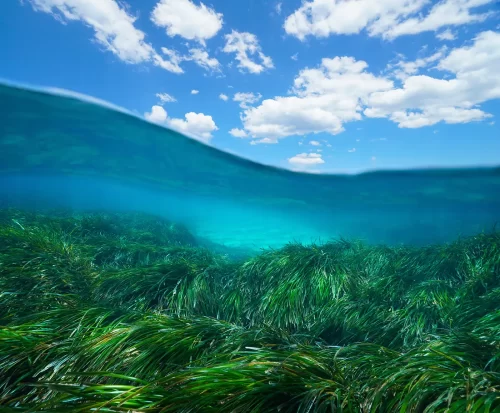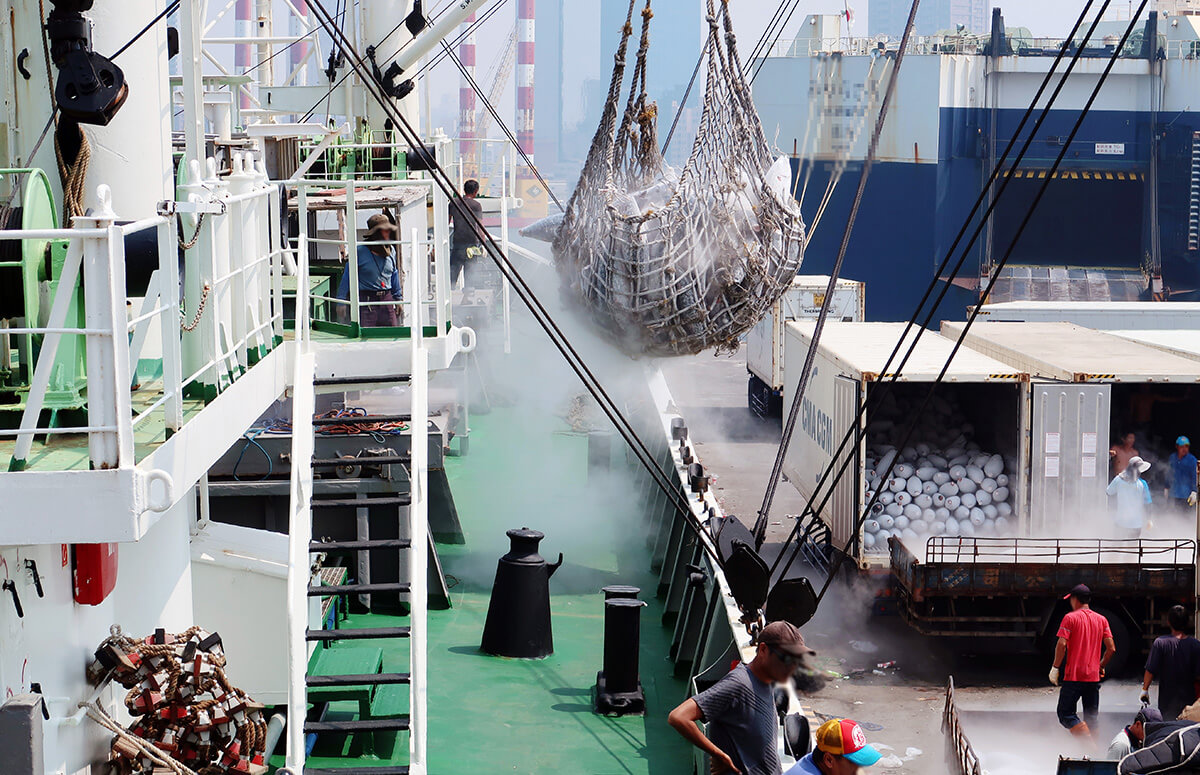
@ TMT
The Issue
Transshipment is an important part of the global fishing industry. By transferring their catch to refrigerated carrier vessels, or “reefers”, fishing boats operating far from shore can stay out at sea for longer periods of time, avoiding a costly and time-consuming trip back to port to land their catch.
But transshipment has a darker side. Because it often takes place on the high seas, beyond the sight and reach of authorities, it may be used to launder illegally caught fish or manipulate catch data. It also provides a cover for other criminal activity, such as the trafficking of weapons, drugs and people, and enables vessels that use forced labor to stay at sea for months or even years at a time.

Our Work
In 2017, we published the first global overview of transshipment in the fishing industry. Analyzing satellite data from 2012 to 2016, we identified more than 5,000 vessel encounters—where a reefer and a fishing vessel could be detected coming together—and more than 86,000 potential transshipments. In these cases, a reefer exhibited behavior that indicated it was meeting up with another vessel, but no such vessel could be seen. One possible reason for this is that the vessels had stopped broadcasting their position in order to avoid detection.
We followed this analysis with a global assessment of transshipment patterns, which was published in Frontiers in Marine Science—the first time the issue had been comprehensively analyzed in a scientific journal. And in 2021, a further report analyzed over 24,000 carrier encounters and more than 157,000 loitering events to try and gain a better understanding of the complex network of support vessels that serve the global fishing industry.
To help improve the oversight and management of transshipment, we partnered with The Pew Charitable Trusts to launch the carrier vessel portal—an innovative technology portal that enables policymakers and fishery managers to track the movements of carrier vessels, verify transshipment activities and identify suspicious behavior.
Without a comprehensive view of what is taking place out at sea, transshipment remains the last frontier in legal fishing. We seek to bring much-needed transparency to a part of the industry that has been hidden for too long.
“I believe we are entering a new age of fisheries management, where for the first time in our history we can truly see what goes on beyond our shores.”
Dr. Boris Worm,Killam research professor in marine conservation, Dalhousie University

